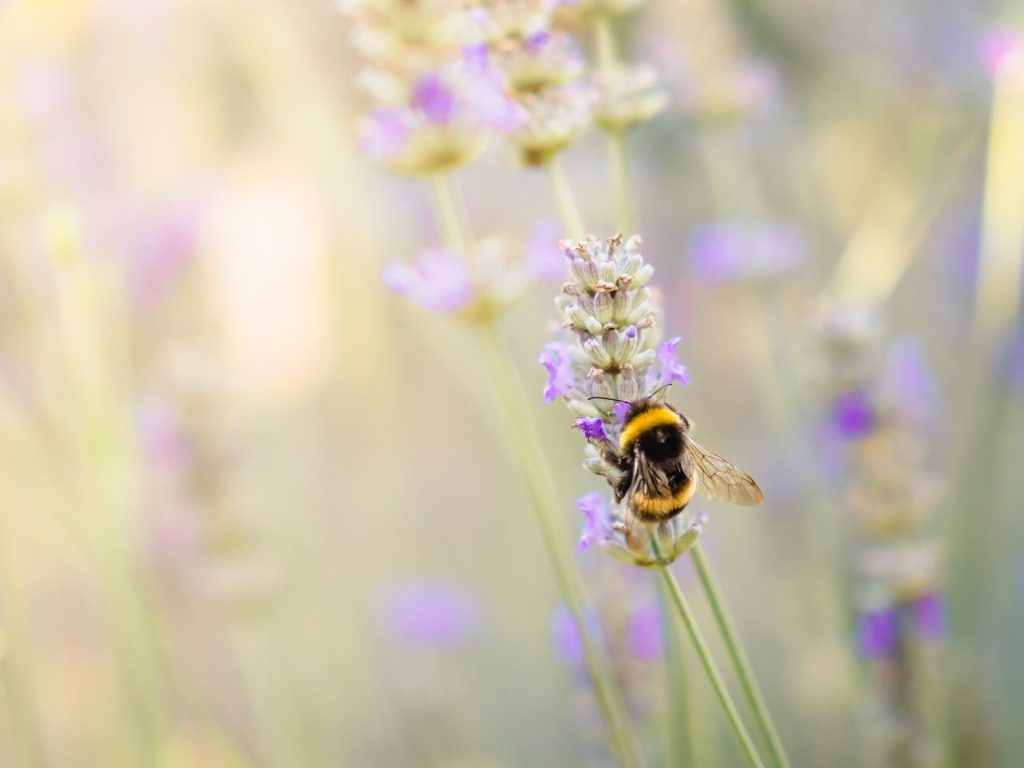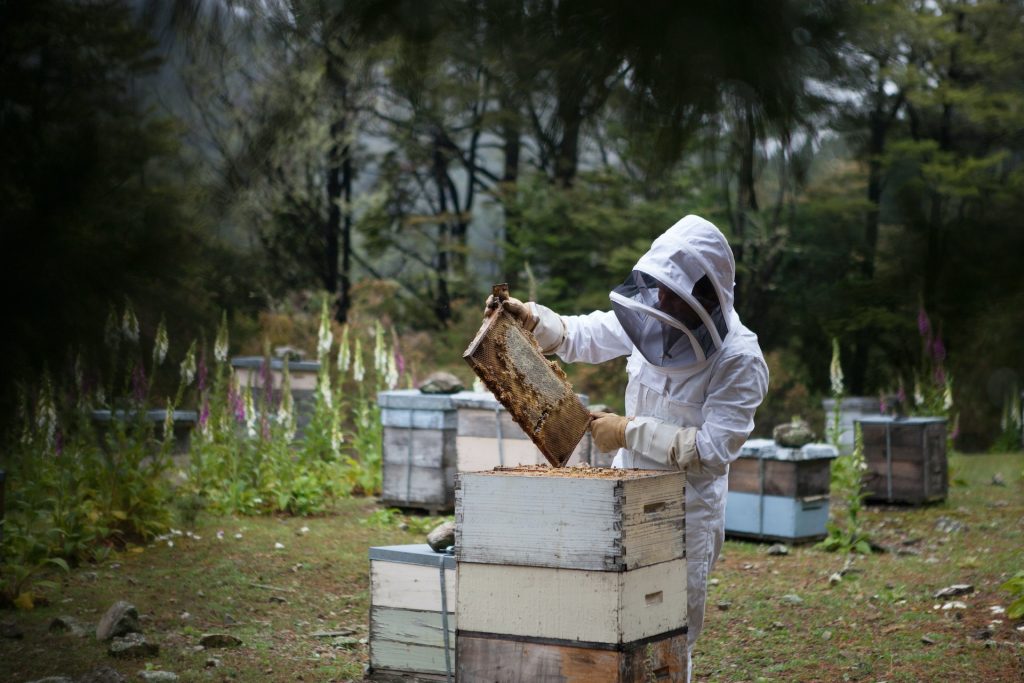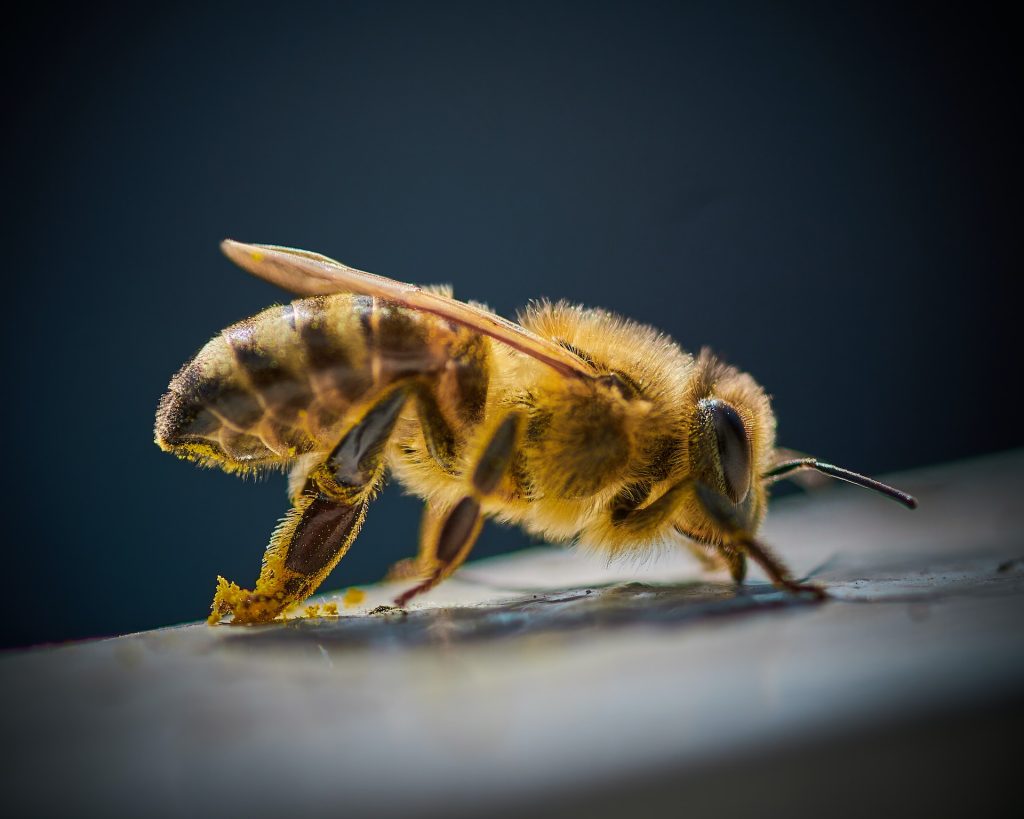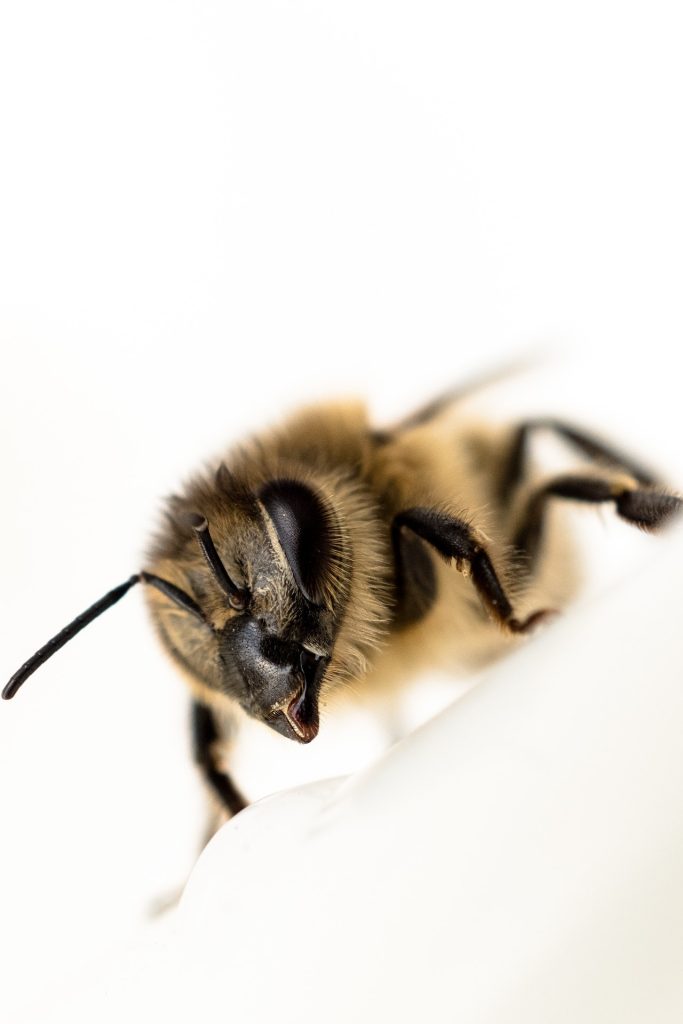Bees are small insects that play a vital role in the ecosystem. They are responsible for pollinating many of the foods we eat, including fruits, vegetables, and nuts. Therefore, it is important to protect and maintain healthy bee colonies. Unfortunately, bee colonies are under threat from a range of factors, including disease, pests, and habitat loss. In this article, we will discuss how to spot the signs of a failing bee colony and what steps can be taken to prevent colony collapse.
Importance of Healthy Bee Colonies
Healthy bee colonies are essential for the survival of our ecosystem. Bees are considered the most important pollinators in the world, as they help to pollinate more than 80% of the crops that we rely on for food. Without bees, our agricultural system would collapse, and our diets would be severely limited. Moreover, bees also play an important role in maintaining the biodiversity of our planet.
Identifying Signs of a Failing Colony
There are several signs that indicate a failing bee colony. One of the most obvious signs is a lack of activity around the hive. In a healthy colony, you will see bees coming and going from the hive throughout the day. Another sign of a failing colony is a lack of brood or young bees. If you notice that there are no or very few young bees in the hive, this is a clear indication that the colony is in trouble. Finally, a colony that is failing will have a weak or absent queen.
Causes of Bee Colony Failure
There are several causes of bee colony failure, including disease, pests, and habitat loss. One of the most common causes of colony collapse is the Varroa mite, which is a parasite that feeds on the blood of bees and can transmit viruses. Another cause of colony collapse is pesticide exposure, which can weaken the immune system of bees and make them more susceptible to disease. Finally, habitat loss, which is caused by urbanization and agricultural practices, can also contribute to colony collapse.
Steps to Prevent Bee Colony Collapse
To prevent colony collapse, it is important to take steps to protect and maintain healthy bee colonies. One of the most important steps is to reduce pesticide use around crops. Additionally, beekeepers can monitor their hives regularly to identify and treat any signs of disease or pests. Providing bees with a healthy habitat is also important. This can be achieved by planting native flowers and plants that provide bees with food and shelter. Finally, it is important to support bee-friendly initiatives and advocate for policies that protect bees and their habitats.
In conclusion, bees play a vital role in our ecosystem, and it is essential to protect and maintain healthy bee colonies. By identifying the signs of a failing colony and taking steps to prevent colony collapse, we can ensure that bees continue to provide us with the important service of pollination. Remember, every small action counts in protecting these tiny creatures that contribute so much to our lives.






